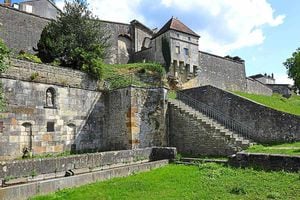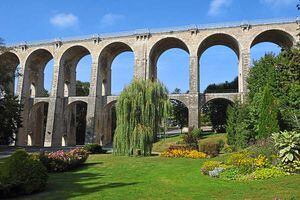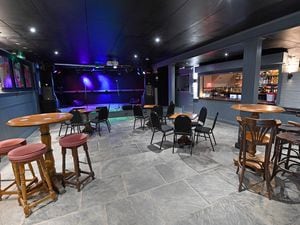Travel review: Champagne Ardenne, France
Champagne Ardenne is a region of colourful history and unexpected treasures, discovers Juliet Hounam...

There are many reasons that France makes such a popular holiday destination.
Right on our doorstep, this gateway to the continent is seeped in history and offers plenty to indulge in for all budgets.
Many of my happiest childhood memories involve the camper-van adventures my family and I embarked on around the country, where I first realised my love of French food and the joy of eating fruit straight from the tree.
There was one region, however, that I had never previously visited. Venturing East, away from the bustle of the capital and towards Belgium, the sprawling countryside soon banishes any memories of Paris.
This is an area rich in agriculture, the lush vegetation and climate so important in the production of the famous grapes that make Champagne.
However, of the 17 million British that visit France each year, only a small percentage venture to these cooler, less populated Eastern regions. This could go some way to explaining the unparalleled hospitality on offer, perhaps a product of the area being lesser travelled.
Haute-Marne is one of the four departments which make up the Champagne-Ardenne region and boasts some of the nation's richest historical destinations.
Aside from the many villages and towns to discover in this region, one of the most impressive destinations is still something of a hidden gem. Famous for its eponymous cheese, Langres provides everything you could want from a holiday. From its magnificent views and fascinating history to all its walking opportunities, you could spend weeks here and still find things to discover. Langres is particularly well-known for the excellent quality of its local produce, and this is proudly celebrated in its many restaurants.

There are 3.5km of defensive walls surround the old city, from which you can see far towards the East, where the land rises gradually from the Lac de la Liez and the Marne valley towards the Vosges.
On a clear day you can sometimes see as far as the Bernese Alps.
This city's rich Gallo-Roman history is well illustrated by its many ancient monuments, the mosaic of Bacchus and sculptures found in the most surprising of places.
Of course, Langres' most famous son is the philosopher Denis Diderot who was born in Langres in 1713, and his statue dominates the centre of the city, next to the street where he grew up.
Within the tiny streets of this fortified town there are also many restaurants and bars offering traditional French cuisine, with, of course, the obligatory glass of champagne on arrival. Wandering through the maze of narrow streets and covered passageways, you quickly realise that this town tells its own story.
Around 35km north of Langres lies another impressive historical destination, Chaumont.
Upon arriving, it is impossible to miss the impressive Chaumont viaduct. A feat of 19th century masonry and architecture, this structure was built in less that two years and inaugurated in April 1857.

The viaduct offers fantastic views and from here you can see the city's lush surroundings.
Fomerly the residence of the counts of Champagne, whose influence extended over the entire region Chaumont is another charming city, littered with museums and churches to visit and of course, the magnificent food and wine the French do so well.





